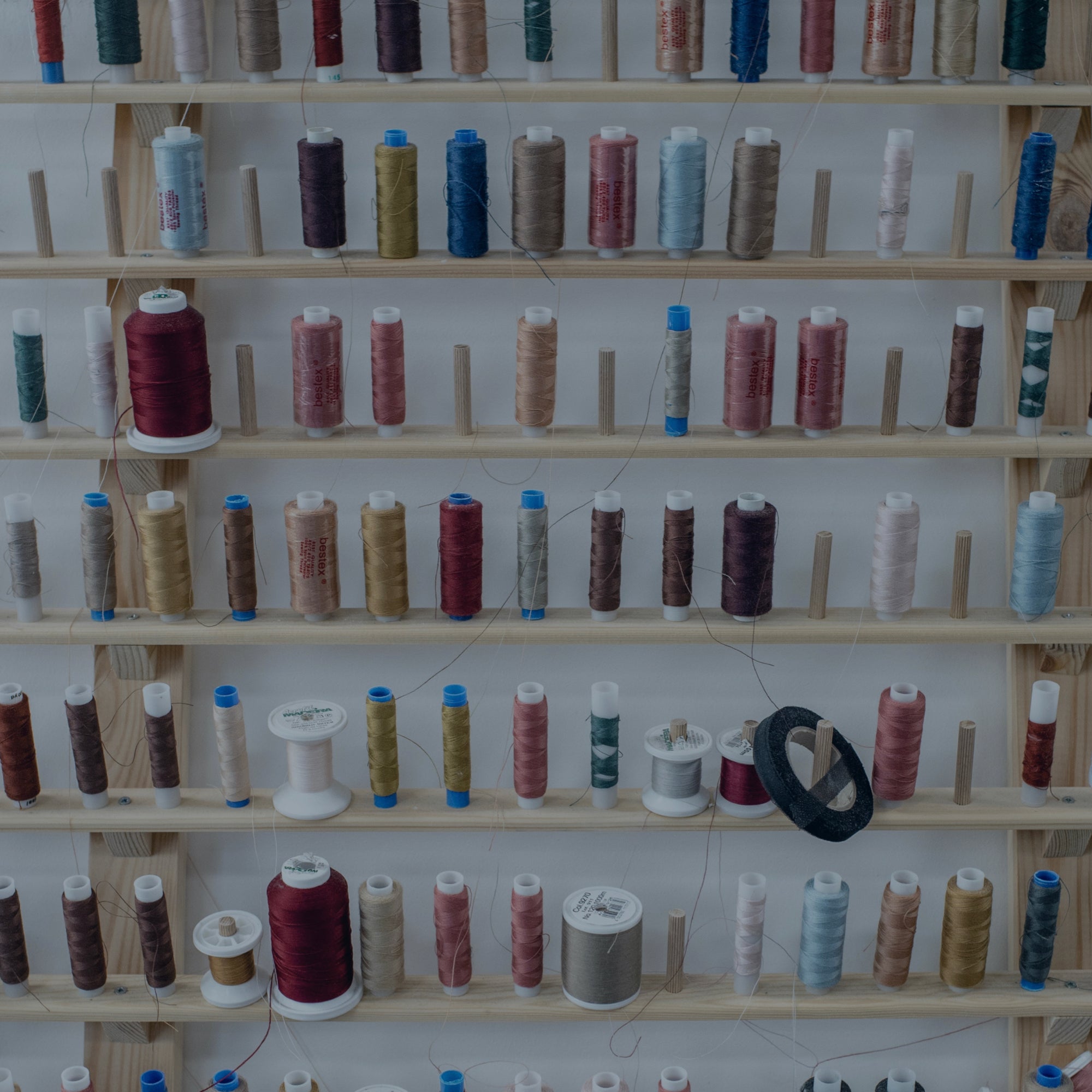Sustainable Coloring: Dyeing without harming

Summer is here and with it, the return of more vibrant, colourful garments. Bright yellows, pinks, or blues are all over the place, and while these colours brighten up the streets, it is actually to the great displeasure of Mother Nature. The process of dyeing, transforming dreary clothes into intensely hued garments, is indeed extremely harmful to our planet.
This article will give you some insights into the dyeing industry and the alternatives to conventional techniques via the new colouring movement.
Chemical Dyes
Chemical dyes are man-made and derived from petrochemicals. Most synthetic dyes contain dioxins, highly toxic components that can cause reproductive and developmental problems, hormonal disruptions and immune system damages. Some toxic heavy metals such as mercury, copper, or chromium are also generally found in synthetic dyes. Azo dyes, the most common type of dyes, often contain formaldehyde, a mutagenic and carcinogenic agent.
Every year, between 40.000 and 50.000 tons of dye are leaked into the world’s water systems. Out of all the industries, the garment industry is the largest polluter of water. Annually, an estimated 60 to 70% of the dyes used have toxic effects on plants and humans. The toxins have been linked to birth defects, cancer, and death in animals and plants. During the process of dyeing, a considerable amount of dye is rendered and is dumped in local water sources. Consequently, roughly 17 to 20% of industrial water pollution is caused by the dyeing process alone, making chemical dyeing the largest environmental hazard in many countries. The chemicals contained in dyes have an effect on the health of not only the workers who handle them but also on the local populations who are affected through land and water pollution. In some countries across Asia, it is common for rivers and lakes to be dyed red or green as a result of illegal chemical dumping. The chemicals released in watercourses are harmful to marine life, the ecosystem on land, and can cause direct damage to populations living in proximity to the water source. In Indonesia, while chemicals are daily discarded in the Citarum River, one kilo of chemicals for each kilo of textiles produced, the river is still used by 35 million people as a drinking source.
Natural Dyes
To address the issue of pollution and waste of water, many clothing brands have promoted raising awareness on the effects of the garment industry on the environment. This movement had led to brands opting for natural dyes and cooperating with factories to lessen the effects of the apparel industry on the planet. Natural dyes have become the obvious solution to tackle the issue of environmental degradation.
Made from natural ingredients, plants, animals, or minerals, natural dye producers create an alternative to chemical dyes, which has been increasingly popular as more consumers become aware of the effects of their clothes on the environment. Natural dyes are made from various plant-based, mineral, and animal products, including wood, bark, berries, lichen, roots, flowers, leaves, nuts, and seeds as well as insects, shellfish and mineral compounds.
The techniques used to process these dyes include the usage of a mordant. A mordant is a chemical ingredient needed for the colours from the plants to bond with the fibers of the fabric. Mordants are usually acids or metal salts, such as aluminum ammonium or copper sulfate. Some dyes, called substantive dyes, like safflower or cochineal, don’t need a mordant because they naturally contain one, usually tannin.
The fabrics that need to be dyed are usually simmered in a mordant solution before the dyeing process begins.
The main problem of natural dyes is that they are not scalable, as they are used mostly with traditional methods and with products that are not found in abundance in nature. Another disadvantage of natural dyes is that they’re usually less reliable than synthetic ones and are polychromatic: depending on the type of fabric or the mordant used, the colour can change.
Read more:
To Dye For: Textile Processing’s Global Impact
Synthetic Dye’s Impact on the Environment
How Chemical Dyes are Harmful to Workers in Developing Nations










